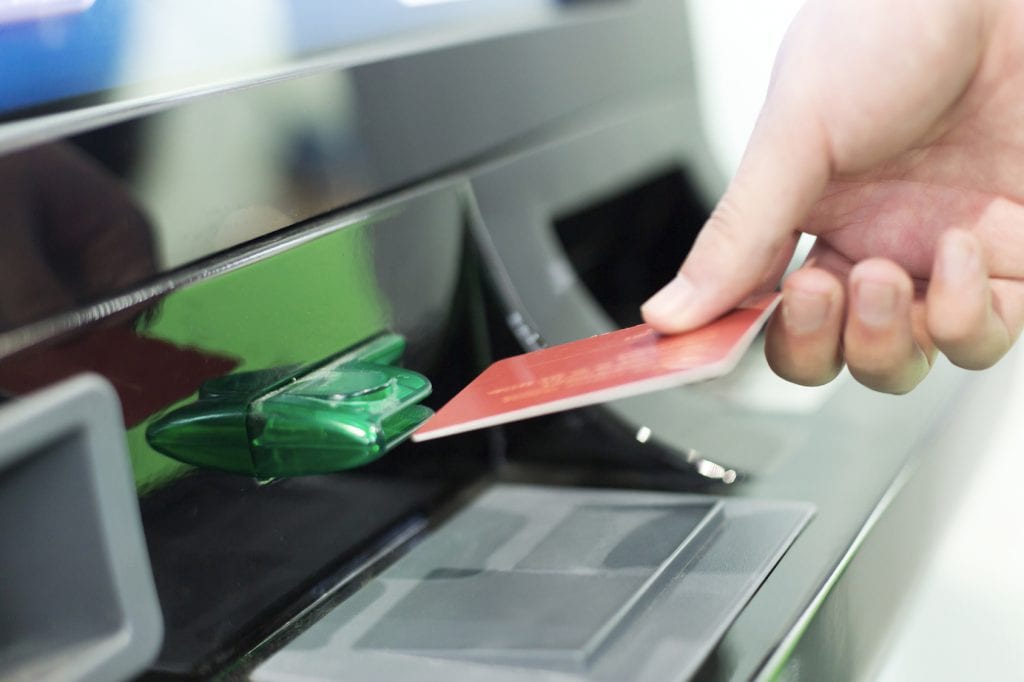Streamlining complex processes unique to government agencies is no easy feat. When it comes to something seemingly simple—such as transacting payments between citizens and government—the same holds true. Out-of-the-box payments solutions may fulfill consumer and private sector requirements, but they don’t meet government’s needs.
In fact, when looking at the current marketplace, there aren’t any straightforward payment solutions for government. In response to this, Accela recently announced the launch of CivicPay—an intuitive and secure payment platform created for government’s unique requirements. Being part of a company with nearly two decades of experience delivering government-centric solutions, here are the three things I think agencies should look for when considering a modern payment solution that is right for them and their community:
1. Real-time payment reconciliation
By reconciling payments in real time, agencies no longer need to spend countless hours ensuring that their money is in the bank. A process that previously took anywhere from two to 14 days can now be managed instantaneously. Solutions that allow citizens to make a payment that shows up immediately instead of hours later cuts down on the time spent checking and fielding follow-up phone calls.
Another advantage to performing activities in real time is transparency. When citizens make payments, it is critical to be able to provide complete visibility into the transaction and see that it was completed. And, if a citizen calls in to make a change, allowing that change to be processed in real time is also important because it helps build trust among community members.
2. Payment options—online and in-person
Citizens should be able to make payments online anytime and anywhere, from their mobile device or desktop. Offering the option to pay online not only makes it more convenient for citizens when transacting with their local government, but it also increases time savings for both residents and agency staff. In-person payments will never go away entirely, but now the process can be quicker and more transparent, particularly when payment status can be immediately verified.
By offering the ability to integrate with card terminals, agencies can ensure their citizens are able to pay however they’d like, but the terminals must be EMV- and P2PE-encrypted for security at the highest level, so citizens’ sensitive information is protected.
3. Easy integration
The seamless and quick implementation of any new payments program is imperative, since the automated process reduces payment processing time and expense. While some payment companies require outside APIs to deploy their payment software, agencies should first check on the availability of payment offerings from companies they are currently working closely with. By working with the same vendor to provide a variety of cloud-based solutions, agencies can save significant time and money.
While seamless and quick integration is important, agencies must also ensure they are getting the back-end security they need. No matter the payment processor an agency decides to move forward with, make sure they provide industry-leading payment and credit card data security, including a PCI-approved solution and point-to-point encrypted card terminal devices. If those don’t come standard, it may make sense to keep shopping.
